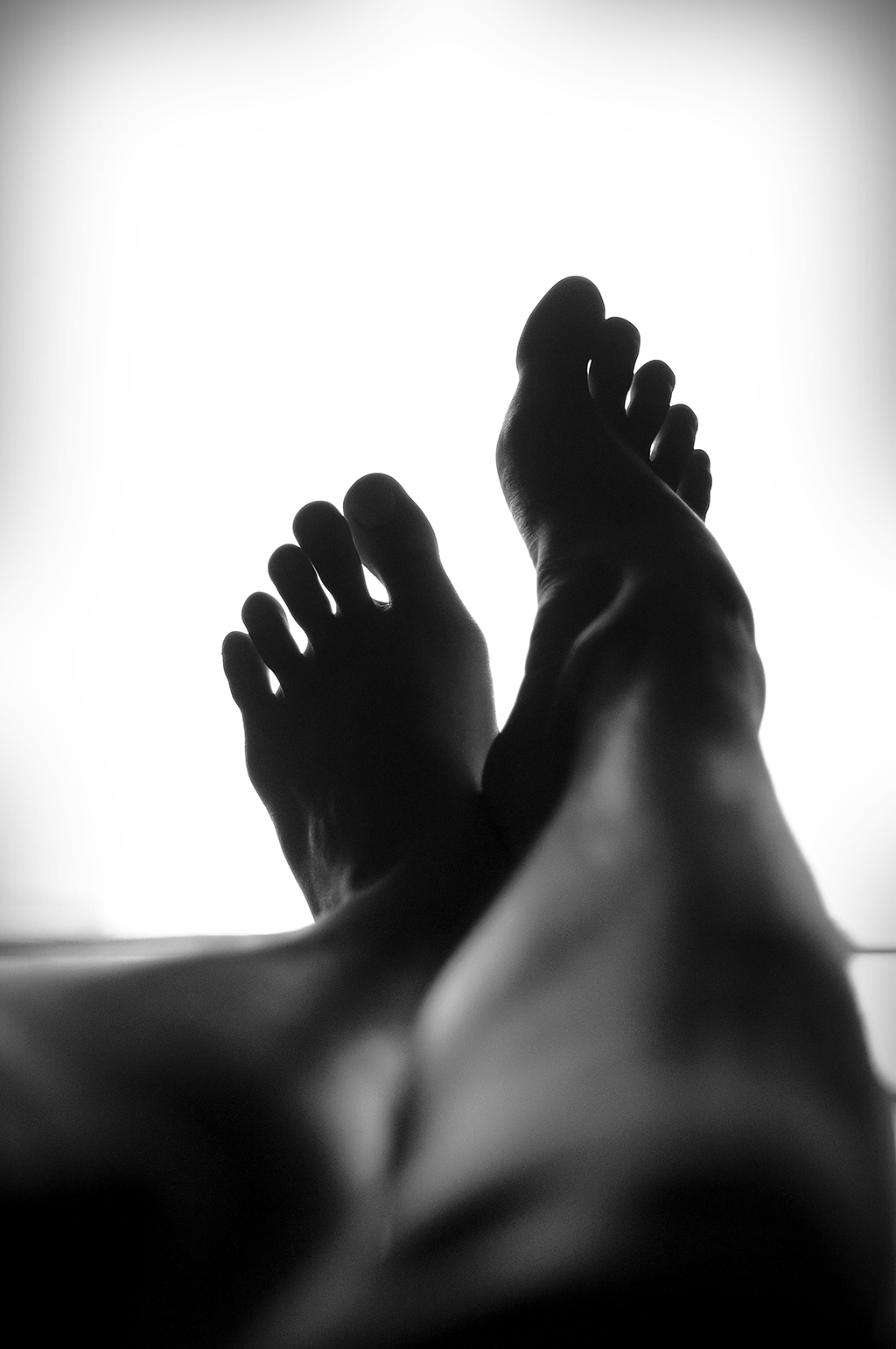In this chapter I have discussed how Merleau-Ponty’s wild Being resonates with the way artists describe the visceral experience of artistic creativity. This led to an exchange between philosophy and performance whereby I experimented with ways to consciously access experience differently, and experience how wild Being might be an embodied dynamic that is sensorial, imaginative, and evolutionary. This account of how fundamental structures can play a formative role in the conscious enactment of human artistic creativity led me to question persistent binary beliefs about the conscious and unconscious stages of creativity. Instead, I propose that the experience of artistic creativity is more about degrees of conscious awareness than it is about conscious/unconscious states.

Image credit: How Soon Ngu
Based on my research, I suggest that attuning-to visceral phenomena might be akin to attuning-to what Merleau-Ponty calls wild Being. In my view, wild Being is a fundamental corporeal intelligence that is a constant structural feature of lived experience. This corporeal intelligence can be experientially activated through touch, attuning-to the support of central movement, and using imaginative sensory metaphors that create perceptible visceral shifts in lived experience. This process is about consciously paying attention to what is at the edges of awareness so that a corporeal intelligence, different to ordinary experiences of intelligence, comes to the fore. This occurs because I have framed life as a fundamentally creative process, applied a (syn)aesthetic style of performance, and in doing so have allowed this corporeal intelligence to generate, respond, and invent.
The process of consciously accessing experience differently has revealed that evolutionary immersive conditions are deeply implicated in the lived experience of artistic creativity. When I consciously pay attention to visceral phenomena I became more aware of immersive conditions that in turn creates a shift in lived experience. This shift dilates attention and simultaneously holds multiple sensory experiences in a unified, full-bodied dynamic. In the next chapter, I discuss how I have used Merleau-Ponty’s concept of “the intertwining – the chiasm” (1964/1968, p. 130) to guide another series of experiments to consciously access experience differently. I describe how working with a body-sized Möbius Loop has developed my attunement capacity and led to deeper understandings of how life operates in service of artistic creativity.
